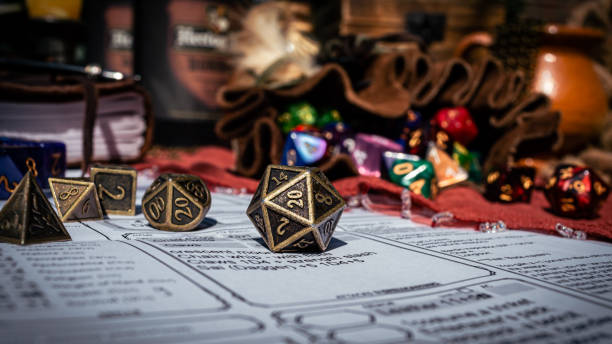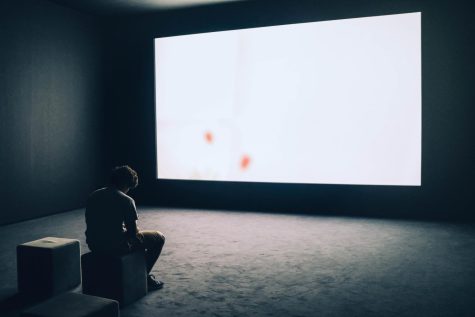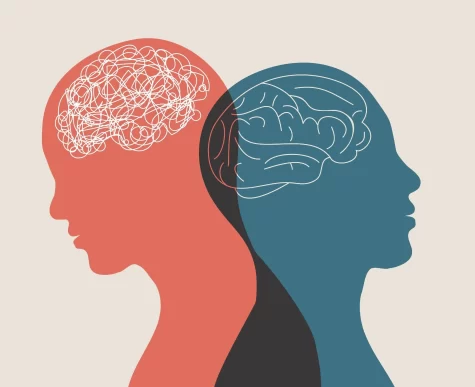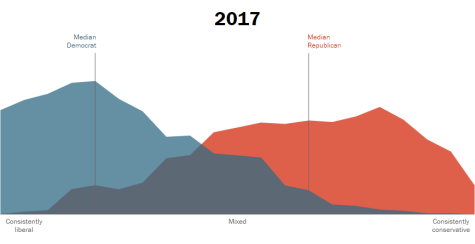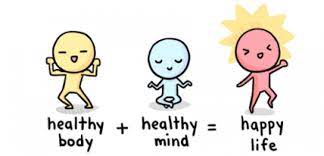DnD: Beyond Stranger Things
Image of a brass 20-sided die on a character sheet in the sun. In the background are a dice bag and a notebook
October 12, 2022
When you hear the words “Dungeons and Dragons”, you think of two things, Stranger Things and the 80’s. The problem is, is that DnD is not only so much more extensive now, but it is played differently now than when it was popular back in the 80’s. So, where did DnD come from and how is it played?
To start with the basic history, DnD stands for Dungeons and Dragons. The concept of it was created back in 1972 by Gary Gygax and Dave Arneson and was originally created to be a fantasy role playing game that simulated medieval combat, but with a twist of magic, monsters, and puzzles. As the idea grew, it became more intricate and expansive and took copious amounts of inspiration from Lord of the Rings. They continued to pile together their ideas until they formed a detailed rulebook that would come to be called Dungeons and Dragons. They would also come together to form their own publishing company called Tactical Studies Rules Inc, TSR, that would publish DnD and put it on the path to popularity.
Playing DnD can be complicated or simple depending on the type of campaign you are participating in and/or how much creative liberty you want to take. To start with some of the fundamental parts of DnD, a campaign is a continued story or a set of stories that involves the same characters. This sense of a continued storyline allows for your character to experience character development and for your story to follow dramatic twists, turns, and overall adventure in real time. These campaigns can last anywhere from a few sessions spread out across weeks, or sessions continuing for years. There are such things as One-Shot Campaigns, which means that the campaign only continues for one session, reaching its beginning and end within that timeframe. To play DnD, you must have what is called a Dungeon Master, also known as a DM. A DM is the lead player in a campaign and does not have their own playable characters. Instead, they control the rules, narrate the surroundings to the other players, and describe actions and outcomes throughout the story. Though their job does not stop there. A DM oversees the creation of world elements, storyline, non-playable characters, quests, and the overall plot and goal of the campaign. This is where DnD can get complicated or simple depending on if the DM sticks to characters, settings, weapons, etc. that are in the Official Player’s Handbook or if they do what is called Homebrewing. Homebrewing is when a DM takes their own ideas for characters, world elements, equipment, creatures, and so on and so forth and inputs them into their campaign. Finally, a player in the campaign is someone who creates a full-fledged character, including backstory, personality, and basic characteristics, and roleplays as said character in a campaign making decisions and exploring the story put in place by the DM. The players’ decisions will affect how the story turns out and can affect what is developed and revealed throughout the campaign.
With the roles out of the way, the actual mechanics of playing DnD can be simple. First a campaign needs to be created, this will usually be done by the DM. A campaign usually consists of 4-8 players, more or less players are possible, but this is the most common number. After a campaign is put together, the players should create what is called a character sheet. In this character sheet you will choose your race, such as elf, halfling, or human, class, such as sorcerer, cleric, or rogue, and your alignment, such as chaotic good, neutral evil, or lawful good. These characteristics will not only determine your character’s goals and backstory but are what will help you determine the strengths and weaknesses of your character as well. To continue to fill out your character sheet, you will refer to the most updated DnD Player’s Handbook, find your class and race, and follow the directions on how to fill out your strengths, weaknesses, spells, available weapons, health, and attacks. Once everyone in the campaign has a character sheet filled out, besides the DM, the campaign can begin its first session. While playing the campaign, the player and DM will use dice to determine the outcomes of actions, the chance of something occurring, and the difficulty of a task. Depending on what is being rolled for is what type of dice will be used, the most common one being a d20, d meaning dice and 20 meaning the number of sides. Throughout the game you will make decisions, interact with the world created, refer to the Handbook for guidance, and watch as your character grows or falls as the story continues.
Overall, although Stanger Things re-popularized DnD, the game is so much more than is let on in the show. It is a game of fun, passion, filled with adventure that consists of losses, victories, creativity, decisions, wit, and community. DnD has continued to bring people together as friend groups as well as creating new friendships. It has consistently created an opportunity for self-expression and the sharing of ideas in a space where genuinely anything and everything can happen, and the only limit is that of the human imagination.

